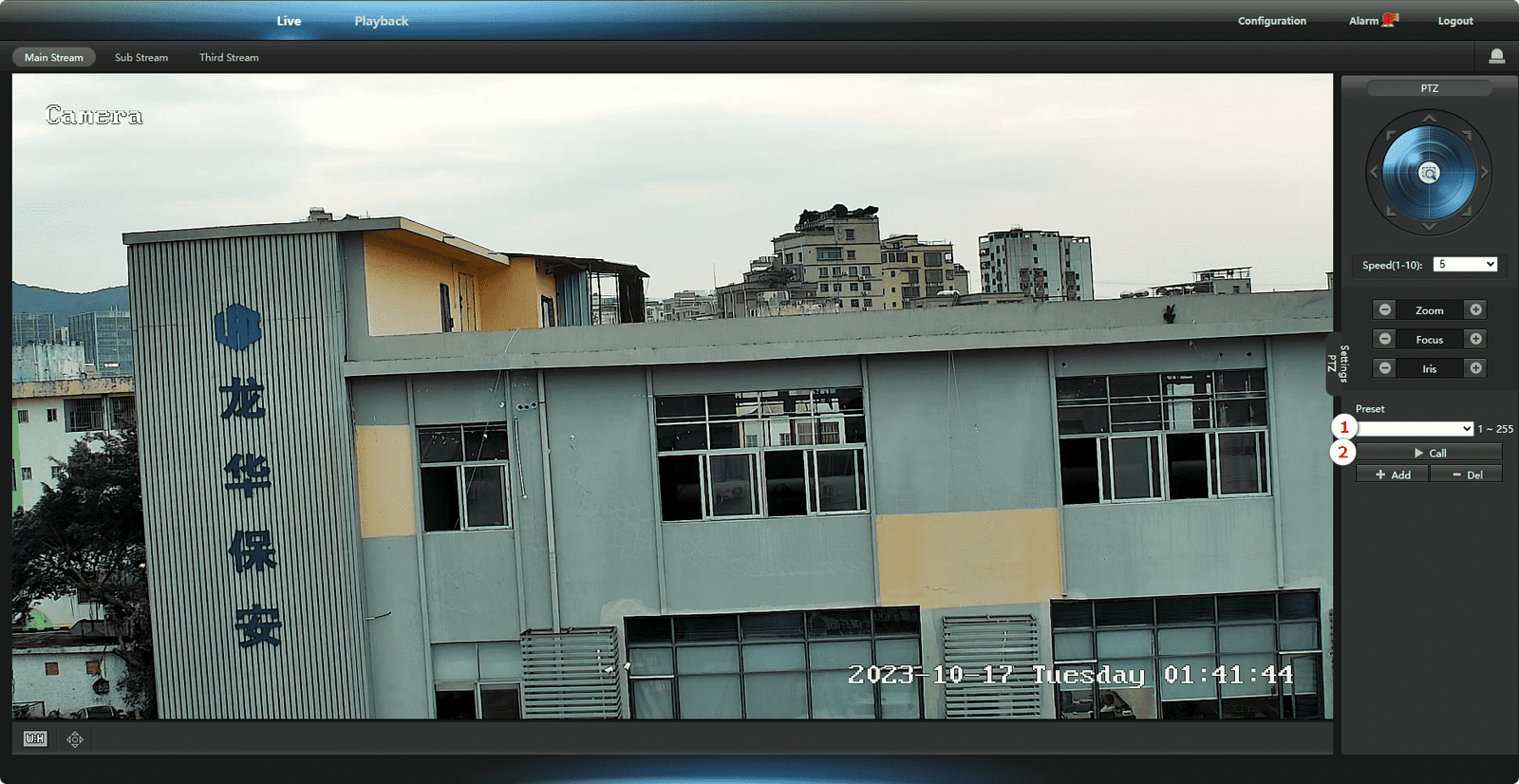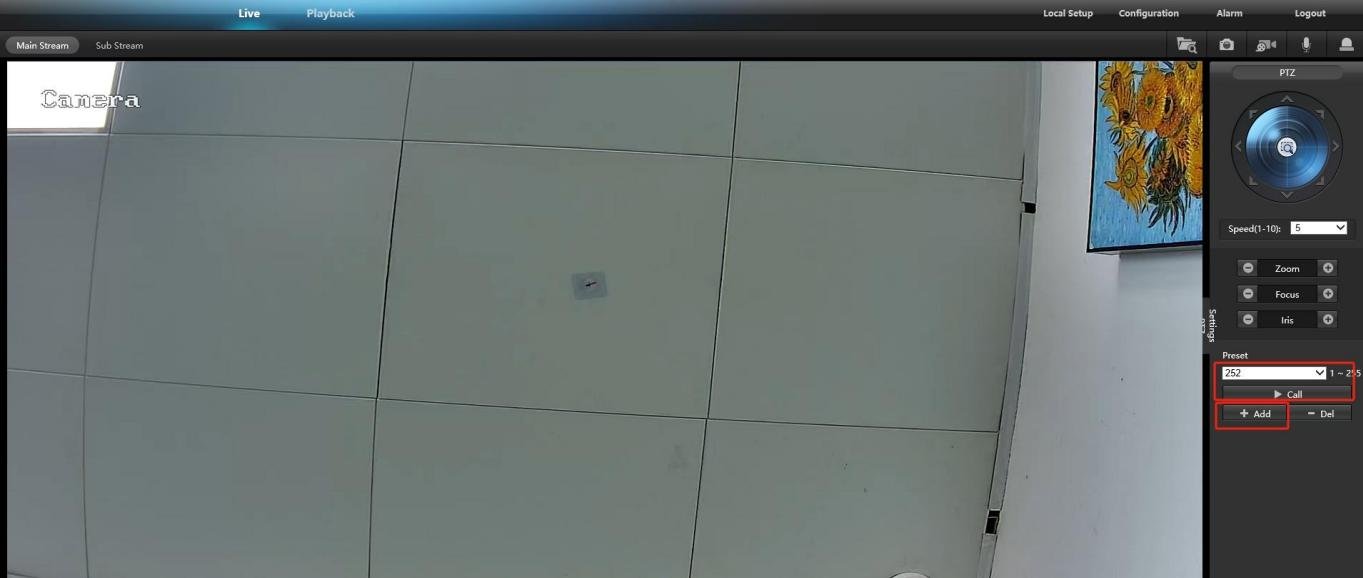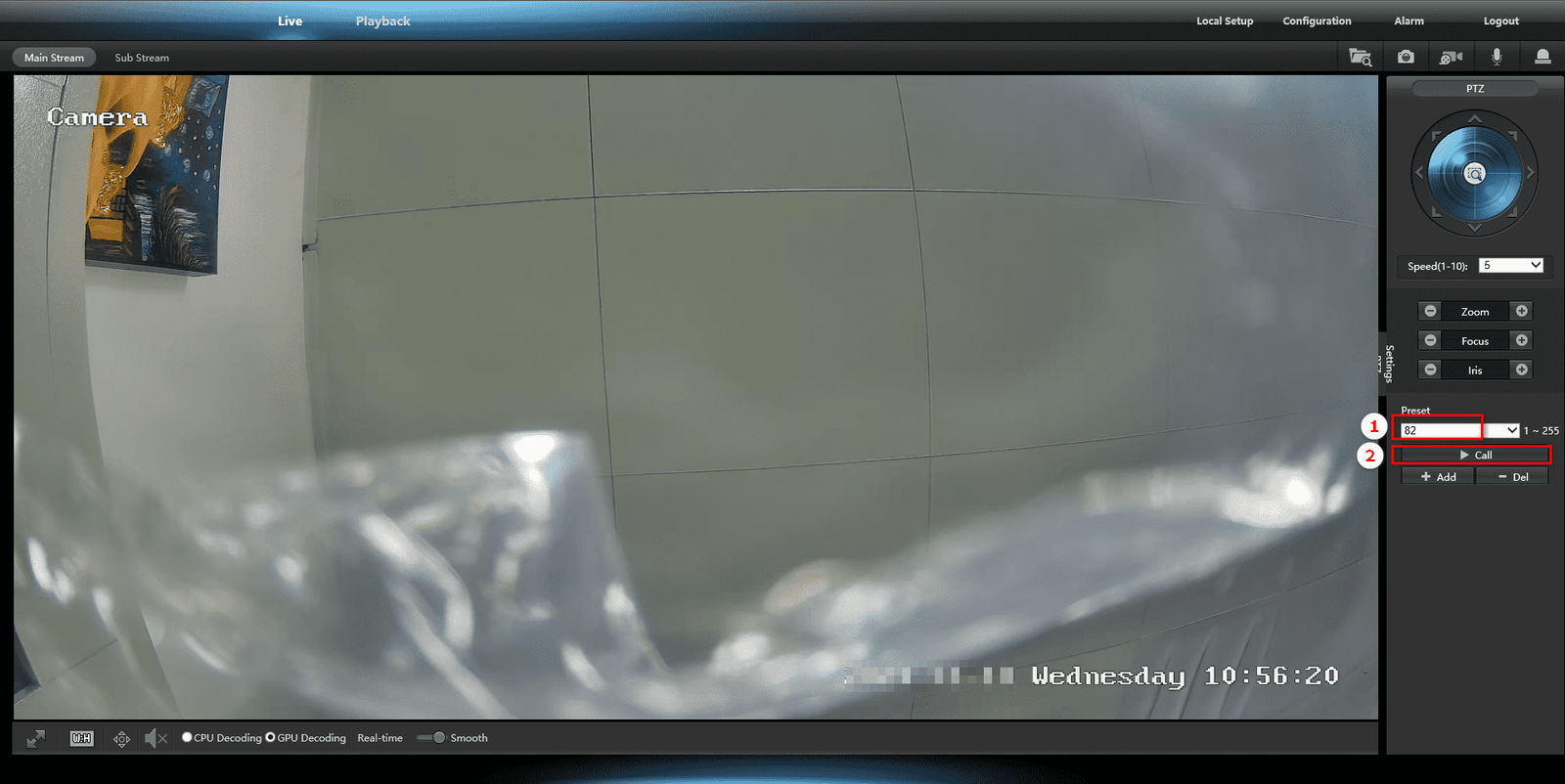The basic parameters of surveillance camera lens include focal length, aperture, field of view, mounting interface, and depth of field. In this article, we will explore the knowledge about the focal length of commercial security cameras.
As we know, security camera lens are composed of multiple lens units. The two types of lens are convex lens and concave lens:
- A convex lens functions to “converge light for imaging.” It can bring parallel rays of light together, converging them to a focal point F on the opposite side of the refracting surface, known as the real focus.
- A concave lens functions to “diverge light and not form an image.” When parallel light passes through a concave lens, the refracted rays diverge, but their extensions converge on the same side as the incident light, forming a virtual focus.
Based on optical principles, the imaging formula for a convex lens can be derived as:

Here, S represents the object distance, S’ represents the image distance, and f is the focal length. In practical video recording, the object distance is often much larger than the image distance (i.e., S >> S’), so it’s an approximation to say that f ≈ S’. This implies that the image plane in video recording is almost coincident with the focal plane.
If the object height is h and the image height is h’, the linear magnification factor of the lens, denoted as m, can be calculated as:

This leads to the calculation of the image height h’ as:

From the above equation, it’s evident that the size of the object’s image on the camera device is related to the object distance, focal length, and object size. With a fixed focal length, a smaller object distance results in a larger image size. Similarly, when the relative position of the object and the camera (i.e., h and S in the equation) remains constant, adjusting the focal length f allows changes in the image size. In other words, image size is directly proportional to the focal length f. A larger f leads to a larger image size.
In business security cameras systems, the focal length determines the field of view, which corresponds to the framing range. This is akin to the role of the lens in the human eye, focusing light. Camera lens are available in various focal lengths measured in millimeters (mm), each corresponding to different monitoring distances and angles of view:
Smaller focal lengths provide a closer viewing distance and a wider field of view, but distant details might be less clear.
Larger focal lengths allow for viewing at greater distances and offer a narrower field of view. However, details at close range might not be as clear.
When positioned in the same location, using lens with different focal lengths yields varying image effects.
Common focal lengths of security cameras night vision include: 1.6mm, 2.8mm, 3.6mm, 4mm, 6mm, 8mm, 12mm, 16mm, 25mm, 60mm, and zoom lens.
So, How To Choose The Right Focal Length?
For home use, application scenes can be dived into indoor and outdoor settings:
- Indoor scenes usually span within 10 meters. Focal lengths below 4mm are suitable. In tight spaces such as elevators, small rooms, or storage areas, you can opt for 2.8mm or 1.6mm (panoramic) focal lengths. For narrow and elongated spaces, 6mm or 8mm focal lengths might be better suited. However, using focal lengths exceeding 8mm indoors is generally discouraged.
- Outdoor entrance monitoring generally follows indoor standards. It’s advisable to choose shorter focal lengths, such as 4mm or 6mm. Longer focal lengths lead to a narrower field of view, potentially leaving blind spots.
- For outdoor long range surveillanceg with a small viewing angle, such as narrow roads, corridors, or walls, lens with 8mm to 12mm focal lengths are commonly used. Longer focal lengths offer clearer images at a distance, while shorter focal lengths cover a wider area. If the budget permits, considering zoom lens can allow seamless switching between distant and close views.
Remember, when in doubt, opting for a slightly smaller focal length ensures a wider field of view, enhancing your ability to capture comprehensive surveillance footage.
Conclusion
These guidelines can help you select the appropriate focal length for different scenarios, it will help you to achieve optimal surveillance results for security cameras for business.






